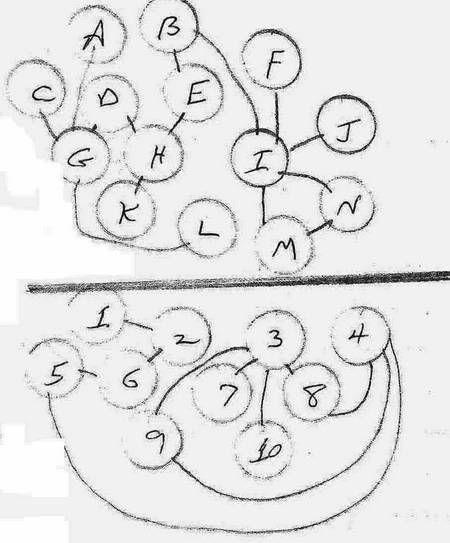Tuesday, July 3, 2007
6:15 p.m. Now, remember that “the physical” does not mean humans, or humans and animals, or humans and animals and vegetables and minerals, and it doesn’t mean all the earth or even all the galaxy. It means all of the part of creation that exists within sequential time and what that implies (time-slices, delayed consequences) and separation by space and what that implies (a seemingly absolute division rather than division into units only provisionally or, shall we say, “somewhat”).
Alpha Centuri the star? Yes. Any of its planets? Yes. Any lifeforms existing there, whether recognizable as life to you or not? Yes. Everything that exists in 3-D space is part of the physical aspect of the world. (And we use “the world” here as it used to be used in earlier times, as a synonym for all physical creation.) The reason to stress this point is that you will find an unconscious tendency to divide things between the vast and mysterious and vague “other side” and not all creation, but only earth, or often enough, only humans. That would be a total absolute distortion and is to be avoided.
You see, the interaction we are painting is not a matter of humans on one side and us on the other side. It is not even a matter of Earth life on one side. It is all physical matter anywhere, even if Earth never hears of it. How else could it be? Could you have a local part of the universe in connection with the other side, and not all? Continue reading A working model of minds on the other side (5)
